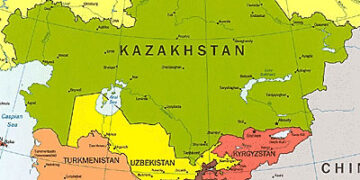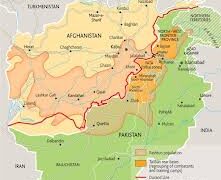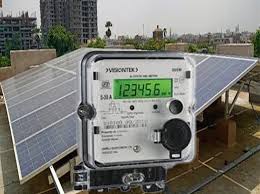ISLAMABAD; The federal government is considering a major revision to the solar net metering policy by reducing the buyback rate for surplus electricity from Rs22 per unit to nearly Rs11.30 per unit.
The decision comes amid growing concerns that the existing tariff is creating a significant financial burden on grid consumers, according to the media report on Friday.
Official estimates indicate that the rapid expansion of rooftop solar systems has caused a reduction of 3.2 billion grid electricity units in FY2024, resulting in Rs101 billion in lost revenue for power distribution companies.
This shortfall, officials said, has indirectly led to an average tariff hike of Rs0.9 per unit for non-solar consumers.
Projections by the Power Division warn that by FY2034, the loss could surge to 18.8 billion units — amounting to Rs545 billion — potentially causing a Rs5–6 per unit increase in tariffs for grid-connected consumers. The issue has now drawn the direct attention of the prime minister, who has ordered a detailed review.
At a meeting held on October 22, the prime minister directed the Power Division and NEPRA to “review and verify” the current buyback mechanism and its overall impact on the national power grid. “The grid is being used as a battery for solar users,” said an energy official, explaining that consumers with rooftop solar sell excess electricity at high rates while paying little to no fixed charges — effectively shifting costs onto others.
Officials noted that new solar power plants are being contracted at below Rs10 per unit, creating a “gross imbalance” compared to the current Rs22 per unit buyback rate.
The Power Division’s proposed revision to Rs11.30 per unit aims to align tariffs with economic realities and prevent further burdening of non-solar consumers.
Pakistan’s solar net metering capacity has now crossed 6,000 megawatts, but experts warn that the rapid expansion is causing grid management challenges, especially during winter months when national electricity demand drops to around 8,000–9,000 megawatts, raising the risk of excess generation during daylight hours.






































































